(First upload on October 10 2007. Last on February 24 2024) [ 日本語 | English ]
Mount Usu / Sarobetsu post-mined peatland
From left: Crater basin in 1986 and 2006. Cottongrass / Daylily
HOME > Plant list (植物リスト) > Poaceae (Gramineae) (イネ科) > Miscanthus sinensis
Miscanthus Andersson (ススキ)Susuki (ススキ, 薄), maiden grass / Chinese silvergrassObana (オバナ, 尾花) Life-form: perennial grass Distribution: native to eastern Asia, including the whole of Japan Habitat: dry grasslands Photosynthesis: C4 Biologically invasive species in the North America Chromosomal number: 2n = 28, 38, or 40 Synonyms: Eulalia japonica Trin., M. sinensis f. glaber Honda, M. sinensis var. gracillimus Hitchc., M. sinensis var. variegatus Beal, M. sinensis var. zebrinus Beal, Saccharum japonicum Thunb. |
var. condensatus (Hack.) Makino (ハチジョウススキ) var. transmorrisonensis (Hayata) Y. N. Lee (ニイタカススキ) f. gracillimus (Hitchc.) Ohwi (イトススキ, 糸薄) Height: shorter than the type f. purpurascens (Andersson) Nakai (ムラサキススキ, 紫薄) f. variegatus (Beal) Nakai (シマススキ, 縞薄), white variegated f. zebrinus (Nichols.) Nakai (タカノハススキ, 鷹羽薄): cultivar (the stripes disapper when excess nitrogen is supplied to the soil) ☛ Compare between M. sinensis vs M. sacchariflorus |
|
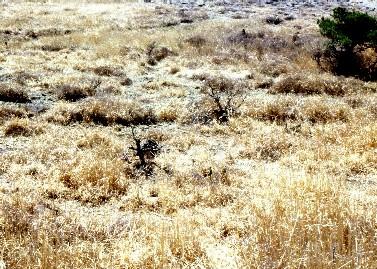 1
1
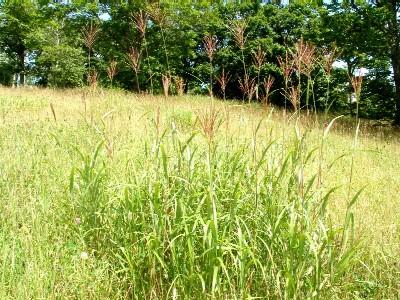 2
2
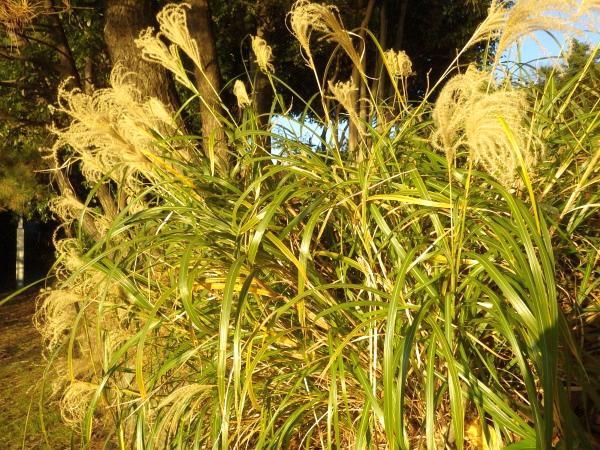 3
3
[1] Ebino-Kogen (Shrimp-colored plateau), Kirishima, Kyushu Province, on March 28, 2003. The super-dominant grass was M. sinensis. This grassland is probably maintained by human disturbance, i.e., mowing. [2] In front of the Ko-fu-en Garden on July 31 2009. [3] in Oi Pier Seaside Park, Tokyo, on December 26 2015. Records: in Niyama Highland skislope, Nanae Town, southern Hokkaido, on September 9 2020.
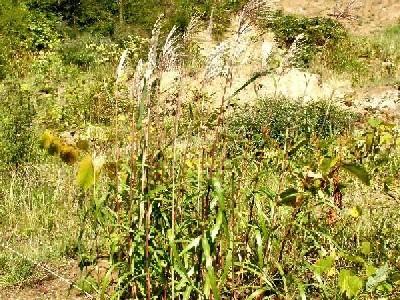 1
1
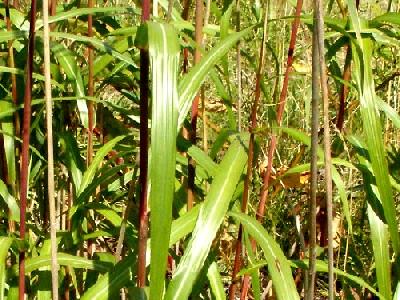 2
2
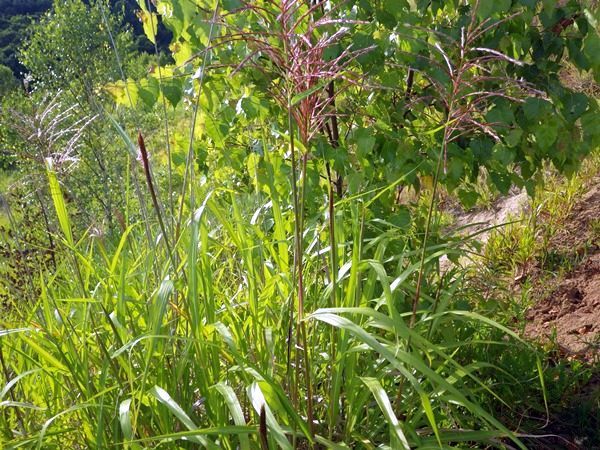 3
3
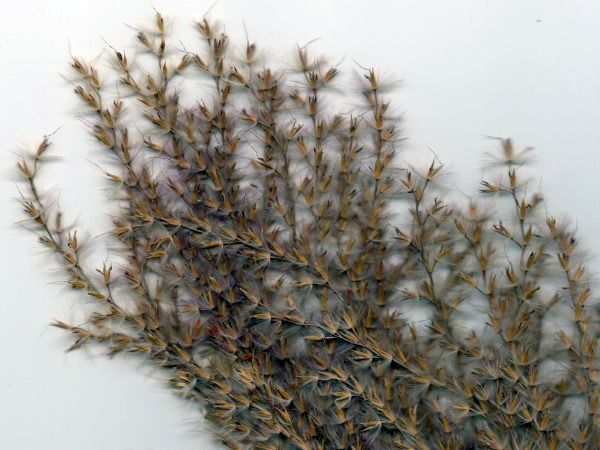
[1/2] near the Nishiyama Crater Groups developed in the 2000 eruptions on September 9 2009. [3] around the entrance of Mount Usu near the Kompira Craters on July 26 2017. [4] at the foot where the former kindergarden established before the 2000 eruptions. The specimen is stored in SAPS.
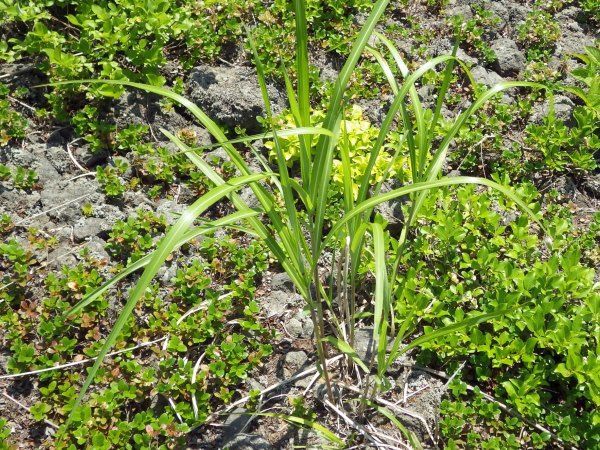 1
1
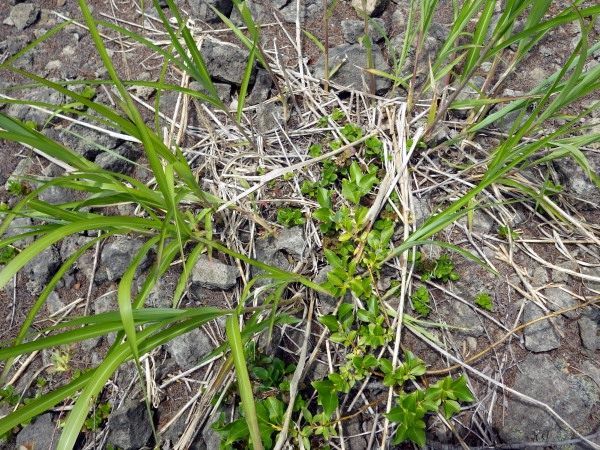 2
2
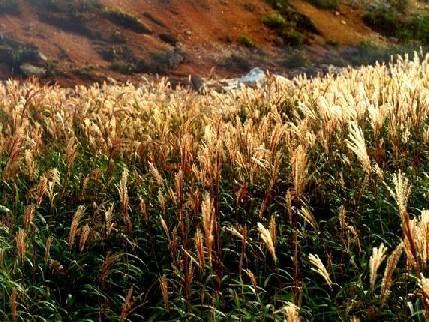 1
1
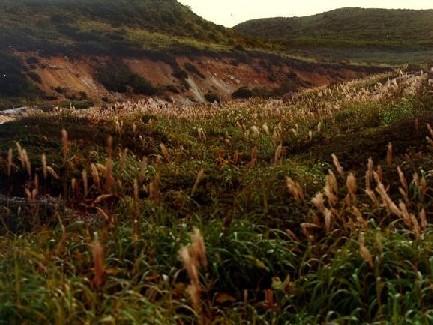 2
2
[1/2] M. sinensis community is considered to be one of the last stages of grassland in Japan. This plant establishes with tree species on skislopes in Hokkaido, and may be a keystone species to restore the plant communities on the skislopes (Tsuyuzaki 2005). For Japanese culture, this species is very important to enjoy the moonlight in autumn. In early October 16 1983.
[landscape on skislopes (スキー場景観)]
[skislope vegetation (スキー場植生)]
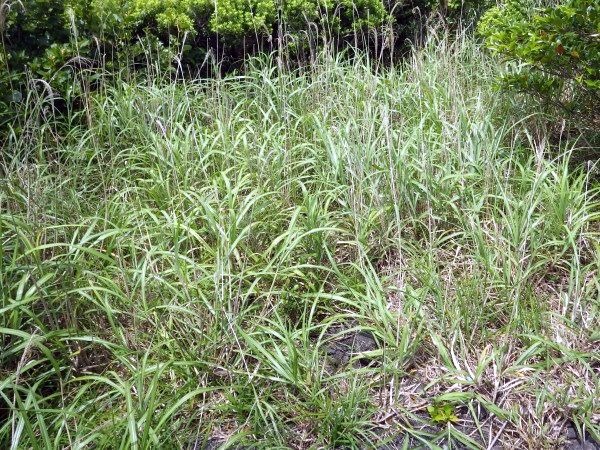 1
1
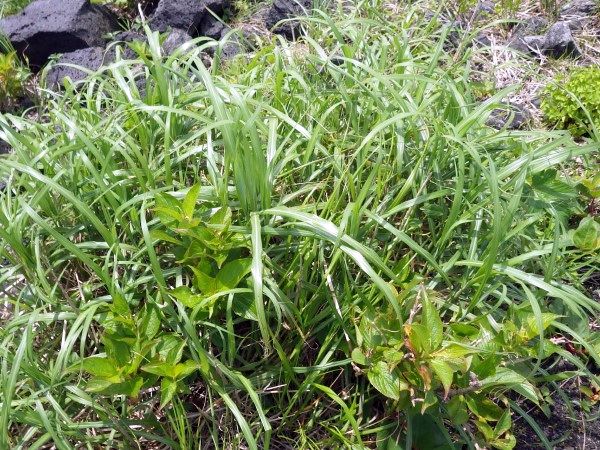 2
2
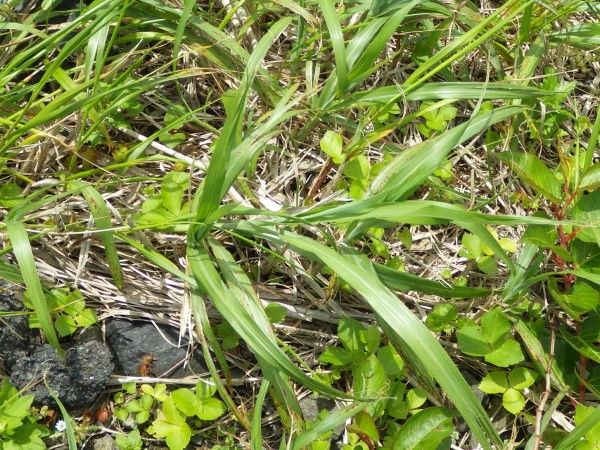 3
3
[1-3] between the middle and top of Mount Mihara, Izu-Oshima Island (伊豆大島), on June 7 2023.
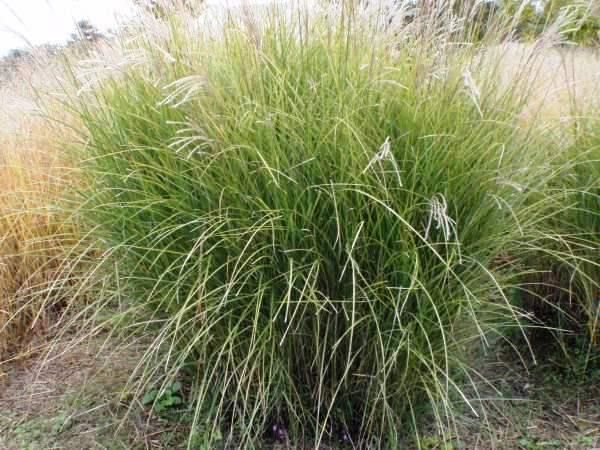 1
1
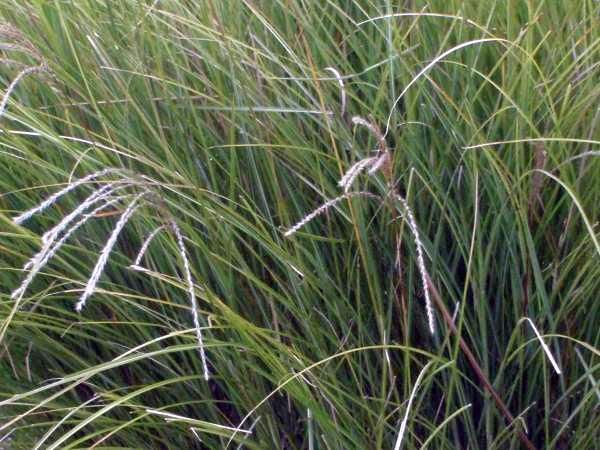 2
2
 2
2
[1-3] in Showa Memorial Park, Tachikawa, Tokyo, on November 11 2013. Aeginetia indica established at the foot of patch. Record: also in the park on November 17 2018. in N14/W5 along Hokudai Street, Sapporo, on August 26 2023.
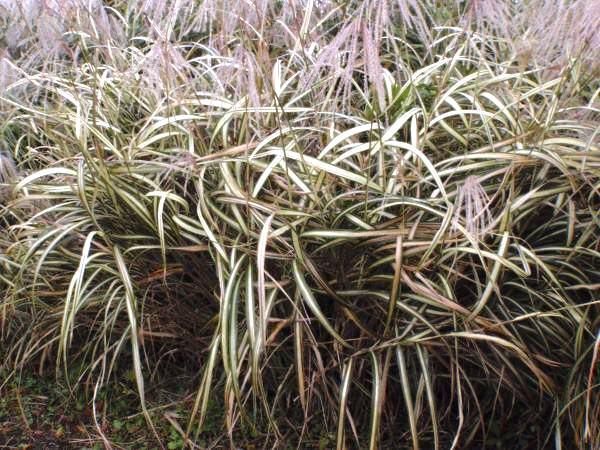 1
1
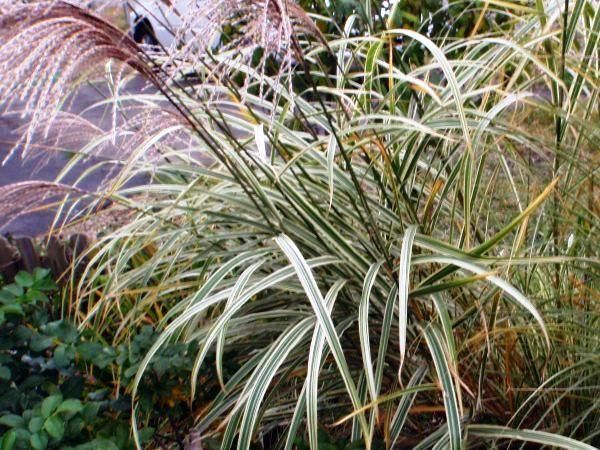 2
2
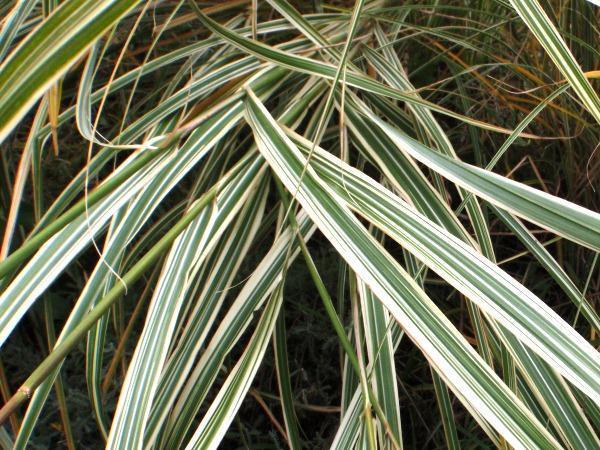 3
3
[1] at Showa Memorial Park, Tachikawa, Tokyo, on November 11 2013. [2/3] at a house garden, N13/E3, East Ward, on October 30 2012.
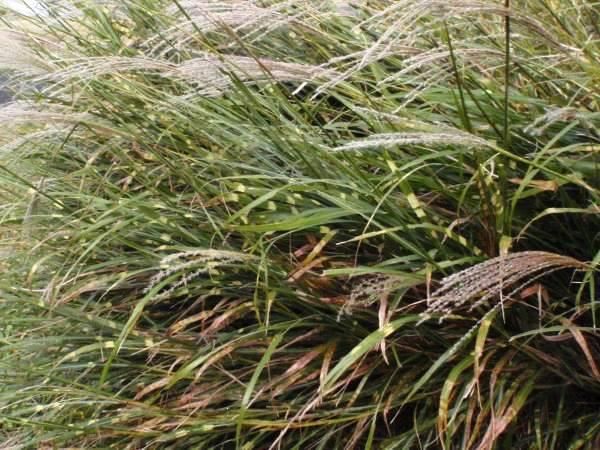 1
1
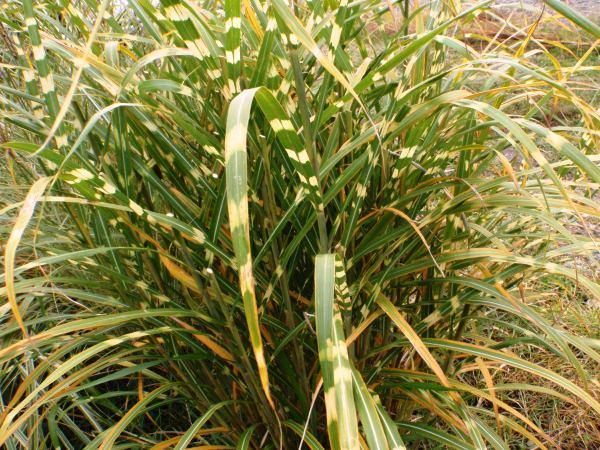 2
2
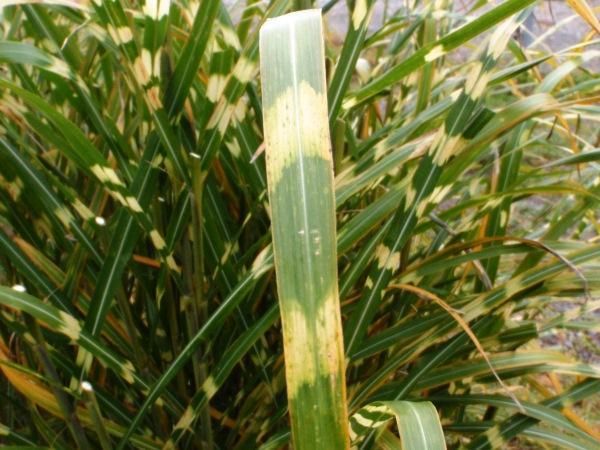 3
3
[1] at Showa Memorial Park, Tachikawa, Tokyo, on November 11 2013. [2/3] at a house garden (same with f. variegatus), N13/E3, East Ward, on October 30 2012.
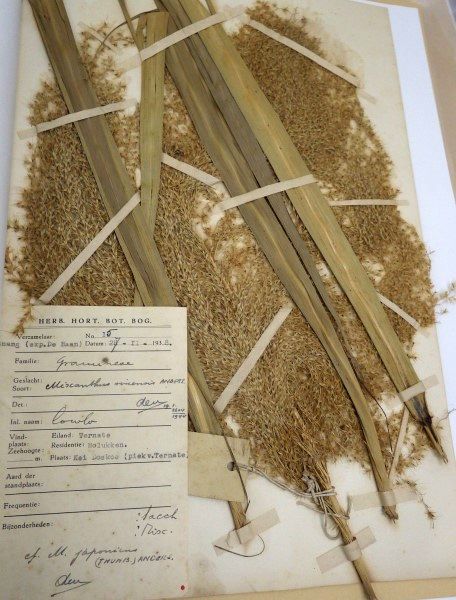 1
1
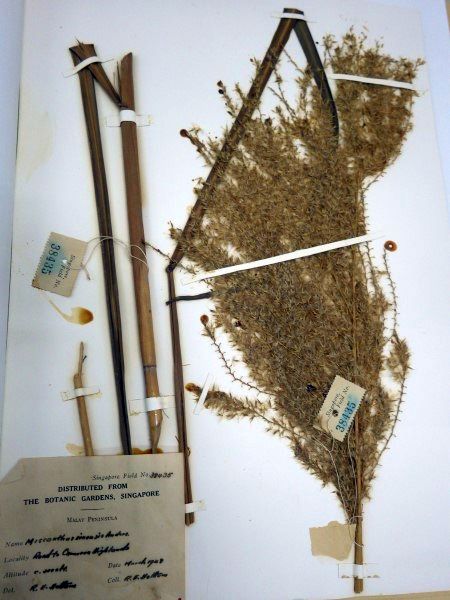 2
2
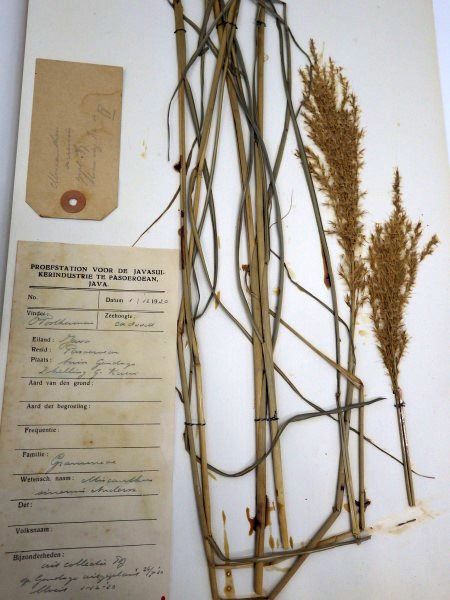 3
3
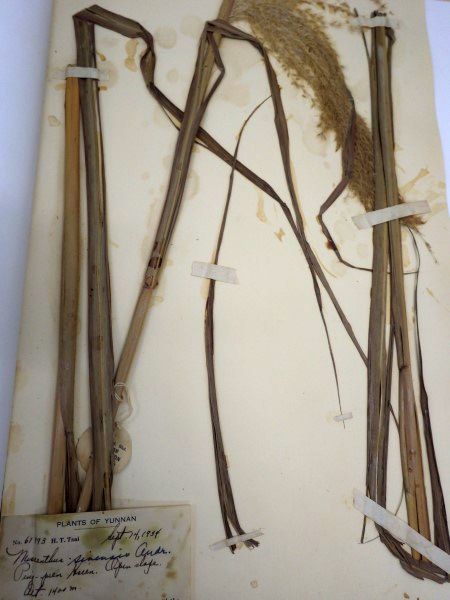 4
4
[1-4] specimens stored in BO. Photos October 25 2018.
|
Tokiwasusuki (トキワススキ, 常盤薄), giant Chinese silver grass, Pacific island silvergrass or Japanese silver grass Lifeform: perennial grass |
Distribution: Japan (south to Kanto District) - Taiwan - China - Philippines- Malaysia - Indonesia - Fiji - Polynesia Habitat: coastal hills, river banks, etc. |
Synonyms:
Miscanthus floridulus (Labill.) Warb. ex K.Schum. et Lauterb., commonly used |
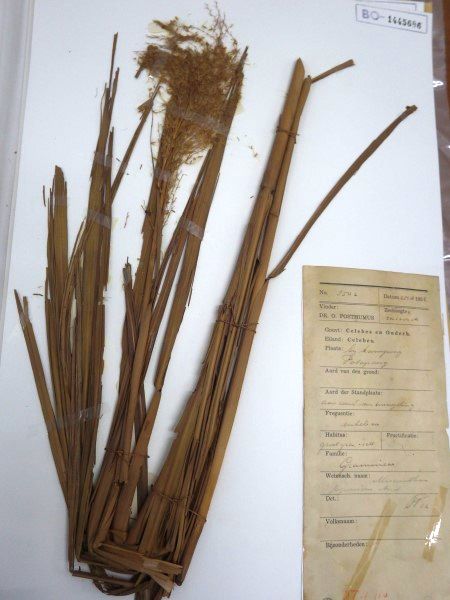 1
1
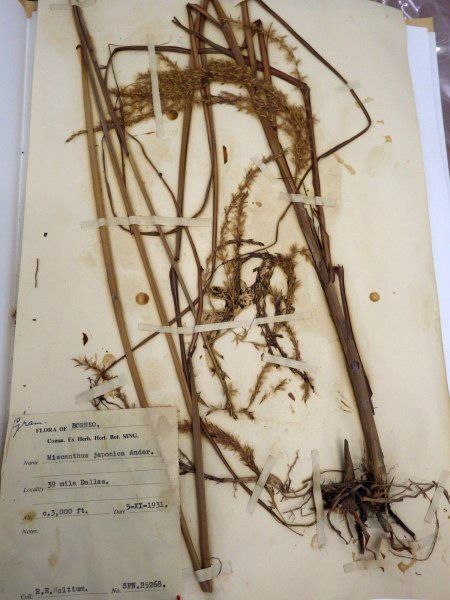 2
2
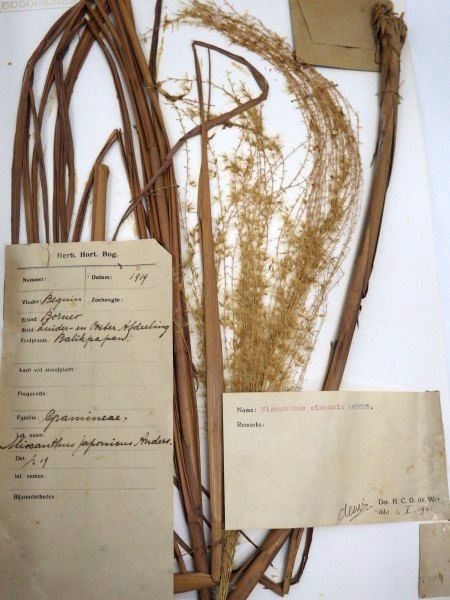 3
3
[1-3] specimens stored in BO. Photos October 25 2018. [2] mistyped as Miscanthus japonica [3] relabeled to Miscanthus sinensis.
|
Himarayasusuki (ヒマラヤススキ, 喜馬拉雅薄)*, Himalayan fairy grass (* tentative) Lifeform: perennial grass with short rhizomes |
Distribution: India - Nepal - Bhutan - China (Sichuan, Xizang and Yunnan) - Myanmar Synonyms:
Diandranthus nepalensis (Trin.) L. Liu |
Erianthus aureus Nees ex Steud. |